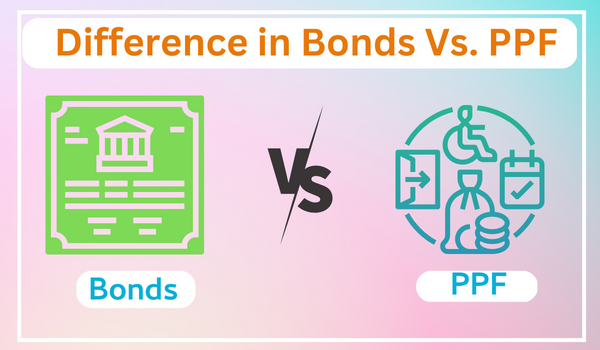Investment in India: A Guide to Securing Your Financial Future

Are you looking for ways to secure your financial future and protect yourself from the volatility of the stock market? India has long been viewed as a potential goldmine for investors, but navigating the complexities of India’s markets can be daunting. In this article, we provide a comprehensive guide to investment in India – outlining key strategies to help you make wise investments and achieve financial success. What is Investment in India? India is one of the world’s fastest-growing economies, and its potential for continued growth is attracting foreign investors. India offers a number of advantages for investors, including a large and rapidly growing market, a young and educated workforce, and a stable political environment. However, investing in India also comes with some risks. The country’s infrastructure is still underdeveloped, and its legal and regulatory framework is not as well-established as in developed countries. In addition, corruption is still a probl...


